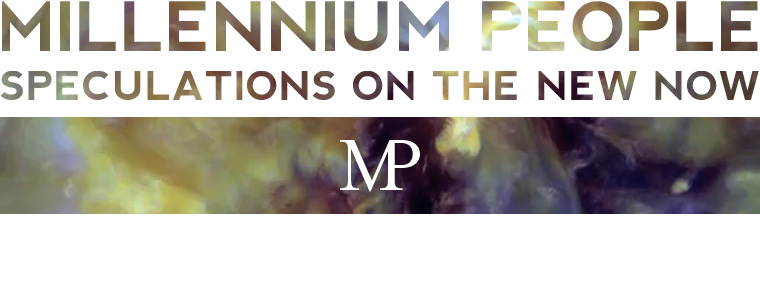
An MP original...
From all around the town, and from the hills above it, the good folk tumbled out of their homes, and collected in the square. The bank was in town. Anxiously, the people formed a queue, the ritual most strongly associated with this social institution.
Most had come to see the bank clerks employed in valuation: the Fortune Tellers as they were called. Behind their long trestle tables of mahogany, the Tellers would Tell, judging each object as it was presented to them, and passing comment on its interest to the bank.
It was on the basis of these proclamations that the people would decided whether to keep or destroy their belongings. Something that was useless to the bank was useless to society, because the bank was the storehouse for all social objects.
You never really owned anything anymore, but simply exchanged it for credit. An object given to the bank on loan equated to the possibility to loan something else in return. A constant fluctuation in social needs for certain items, furniture, vehicles, jewelry, clothes, ensured a constant exchange. The bank worked like a cooperative society for objects, with 80 million members...
The ease with which objects were deposited and retrieved from the bank very quickly loosened the ties people had with them. The inherent desire to hoard soon melted away.
People found that in time they did not miss any of these things they gave up, and never asked for them back. They remain to this day in the vaults of the bank, able to be viewed, like a still-living museum to our civilisation. The bank was a stepping stone to the objectless society.

No comments:
Post a Comment